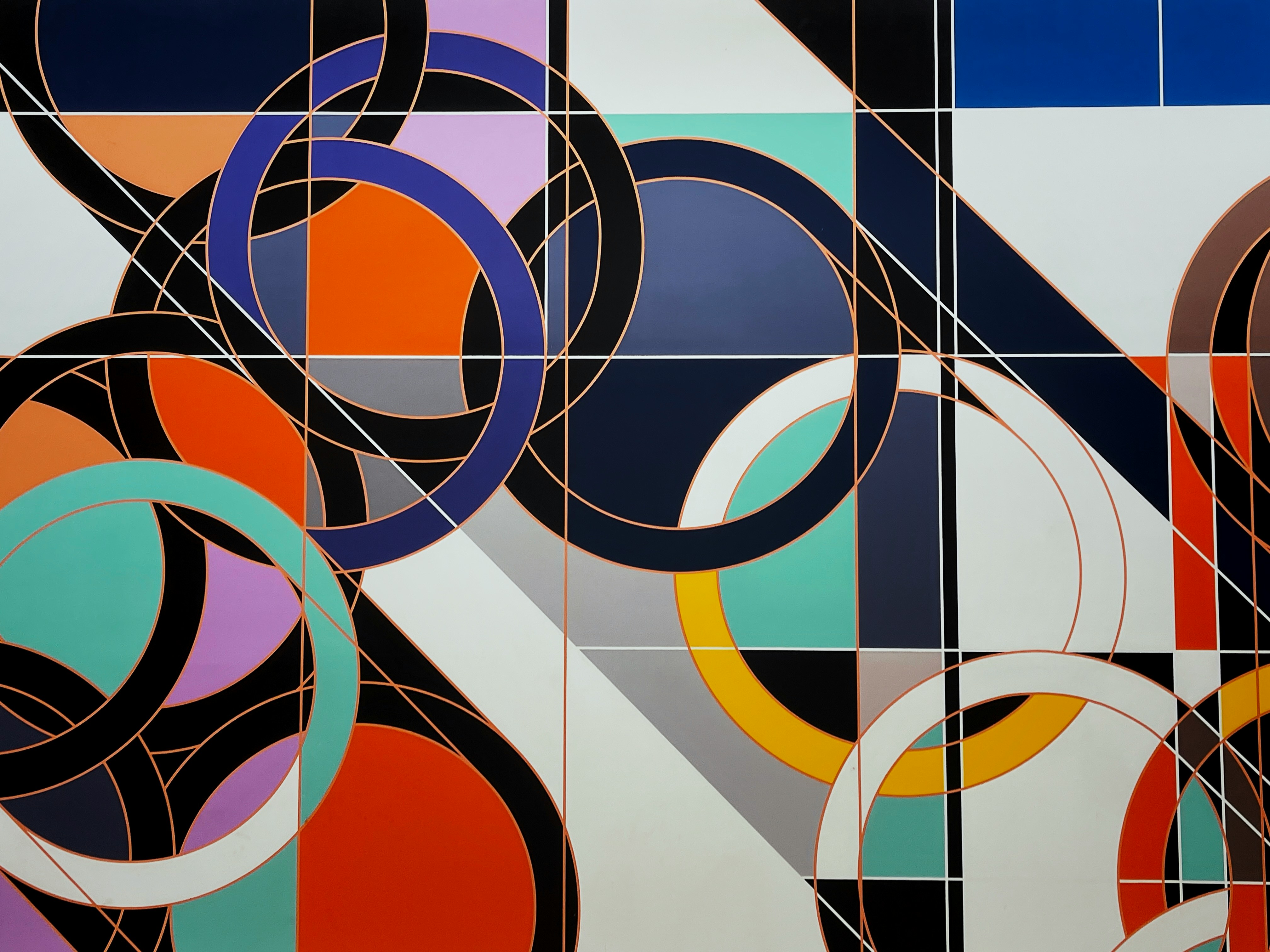The Future of Design
Design is an ever-evolving field, and 2025 is set to bring new innovations, shifts in aesthetics, and advancements in technology that will redefine how we create and interact with the world. From AI-powered tools to sustainable design practices, let’s explore the key trends shaping the future of design.
Artificial intelligence is becoming an integral part of the design process. AI-powered tools like generative design, automated layout systems, and intelligent color palettes are streamlining workflows and offering designers more freedom to focus on creativity. Expect AI to play a greater role in predictive design, where user behaviors and preferences inform real-time customization of visual experiences.
1. Sustainable and Ethical Design
Sustainability is no longer an afterthought—it’s a necessity. Designers are embracing eco-friendly materials, circular design principles, and minimalistic approaches that reduce waste. Ethical design also means considering accessibility, inclusivity, and the impact of digital experiences on mental well-being.
2. Immersive Digital Experiences
With the rise of augmented reality (AR) and virtual reality (VR), interactive and immersive design experiences are becoming mainstream. Brands and designers are leveraging these technologies to create engaging interfaces, from virtual showrooms to immersive storytelling in digital marketing.
3. Bold and Experimental Typography
Typography is stepping into the spotlight with designers pushing the boundaries of letterforms. Expect more variable fonts, dynamic text layouts, and kinetic typography that responds to user interaction. This trend adds personality and uniqueness to digital and print designs alike.
4. Nostalgia-Infused Aesthetics
The resurgence of retro and vintage-inspired designs continues to influence branding and UI/UX. The mix of Y2K aesthetics, 80s neon elements, and 90s grunge textures creates a sense of familiarity while keeping designs fresh and modern.
5. Dark Mode and High-Contrast UI
Dark mode is here to stay, with more applications and websites adopting it for both aesthetic appeal and reduced eye strain. High-contrast designs, bold color palettes, and neon accents are also gaining traction, offering a striking visual experience that enhances readability and engagement.


